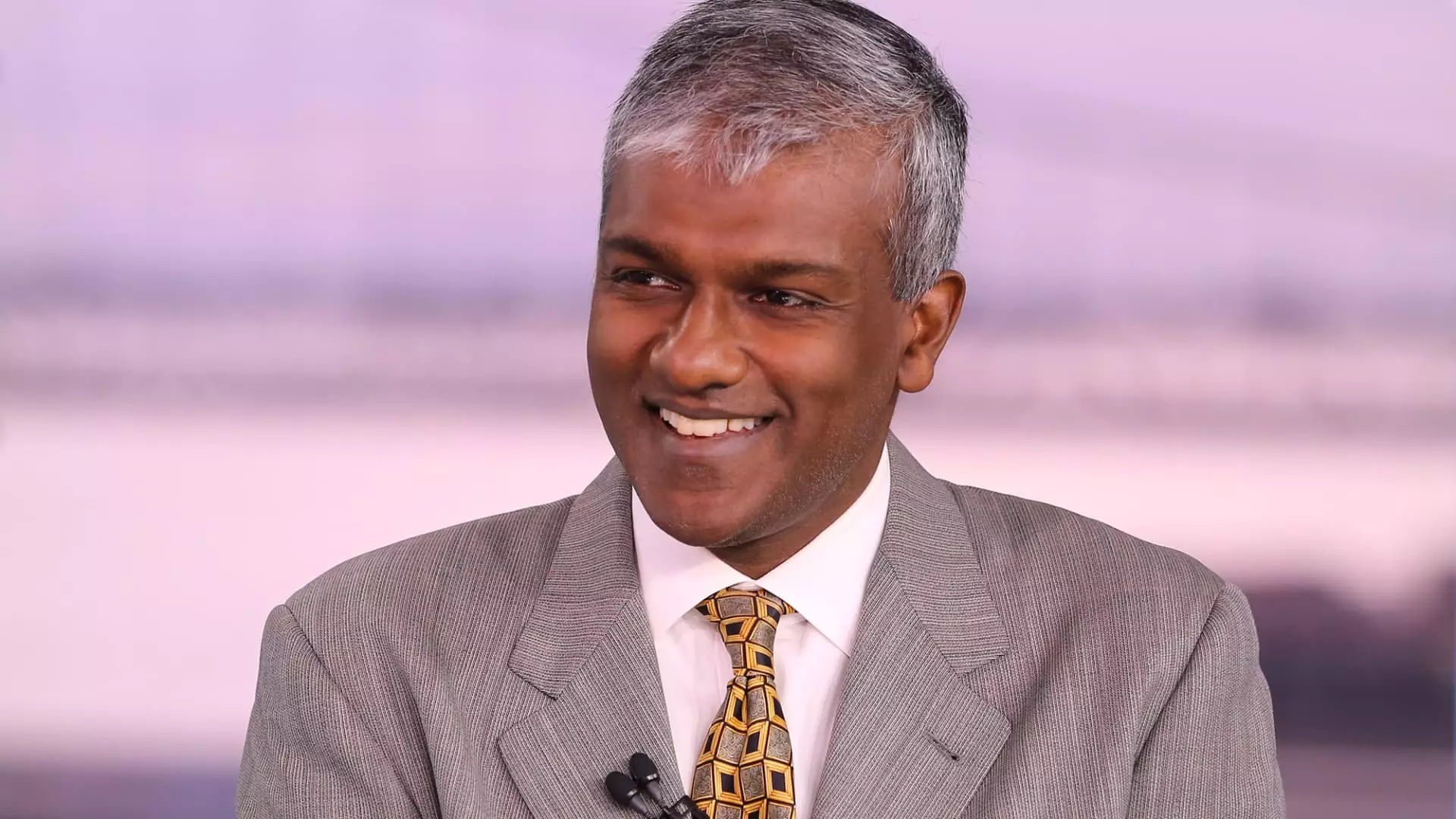In recent months, prominent investors like Dan Niles have lauded the prospects of tech giants such as Microsoft and Nvidia, framing them as the shining stars of the ongoing earnings season. While these narratives paint a picture of recovery and strategic growth, a closer, more skeptical examination reveals that such optimism borders on overconfidence. The remarkable gains in Microsoft’s stock—up over 22% in a turbulent year—are often touted as evidence of resilience. Yet, these gains come after a series of setbacks, notably in cloud services, which have yet to fully rebound. Relying on a single partnership with OpenAI as a catalyst for future growth can be dangerously misleading in an industry where volatility and dependence on a few key drivers pose significant risks.
Furthermore, the narrative about Microsoft’s cloud segment—Azure—improving after restructuring its relationship with OpenAI may overlook underlying issues. Cloud transition is complex and not guaranteed to produce sustained growth merely because a big client like OpenAI commits more resources. The assumption that Azure’s recent acceleration will persist into upcoming quarters is speculative at best. In a competitive landscape where technological shifts and geopolitical tensions constantly reshape market dynamics, investment strategies grounded on short-term optimism risk overlooking deeper vulnerabilities.
Overreliance on AI and Geopolitical Factors
Niles’s enthusiasm for Nvidia hinges largely on recent developments surrounding AI chips and geopolitical considerations. His bullish stance follows the company’s inventory write-down related to U.S.-China export restrictions. While the reopening of chip sales to China seems like a positive turn, this situation underscores a fragile entanglement between technology, trade policies, and national security.
Relying heavily on AI inference—rationalized as a more sustainable growth avenue—may overlook the cyclical and unpredictable nature of technological breakthroughs. The narrative that inference-driven AI will inherently outperform training-based models assumes a smooth transition in technological capabilities, ignoring the inherent risks of product obsolescence, regulatory intervention, and geopolitical backlash. Nvidia’s push to sell more advanced chips in China, despite export restrictions, exemplifies the tenuous balancing act between corporate ambitions and national security concerns. Such dependence on a geopolitical chessboard could destabilize revenue streams in unpredictable ways.
Moreover, Nvidia’s reliance on inference chips—less advanced but compliant with export controls—raises questions about long-term innovation. Is this a strategic move to sustain revenues, or a compromise on technological leadership? For investors, the optimism around AI and inference-based chips must be tempered with awareness of regulatory risks and the potential for sudden policy shifts that could dramatically affect both Nvidia and the broader industry.
A Cautionary Perspective on Market Hype
The prevailing narrative suggests that these tech companies are on a trajectory of unstoppable growth, propelled by strategic partnerships and technological innovation. However, the core issues remain unaddressed: the industry’s dependence on a few major players, geopolitical headwinds, and technological obsolescence. The recent enthusiasm, while justified by some positive indicators, often oversimplifies the complex challenges these companies face.
Investors within a center-right liberal framework—who value both innovation and prudence—should heed the warnings hidden beneath the surface. The market’s optimism may lull stakeholders into complacency, but history demonstrates that such peaks are often followed by sharp corrections. The assumptions that recent partnerships and product sales will sustain long-term performance should be scrutinized rigorously.
In essence, while the tech giants may indeed have bright spots, relying heavily on short-term catalysts masks a risky reality. The industry’s fate is heavily intertwined with unpredictable geopolitical shifts, regulatory interventions, and the relentless pace of technological change. For those with a nuanced understanding of market dynamics, the current hype should be viewed through a more critical lens—recognizing that beneath the surface of growth lies a fragile ecosystem prone to sudden upheavals.

